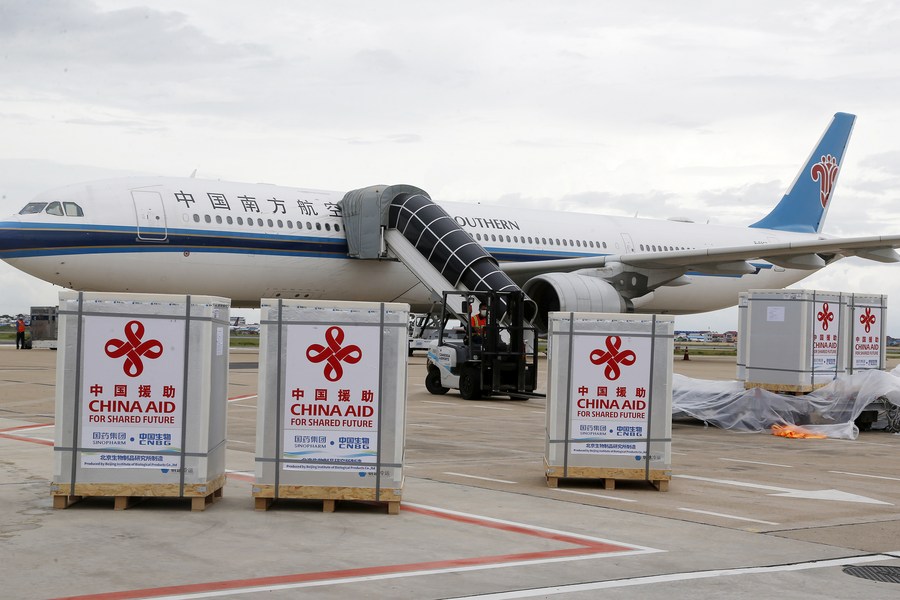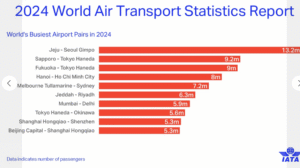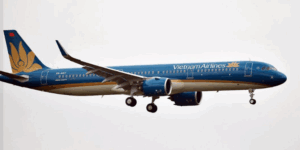Chinese President calls for building closer Belt and Road partnership , Asia- Pacific conference on BRI

Xinhua news : China stands ready to work with all parties to build a closer Belt and Road partnership, President Xi Jinping said in a written message to the Asia and Pacific High-level Conference on Belt and Road Cooperation.
Xi said the joint building of the Belt and Road Initiative (BRI) that he proposed is aimed at carrying forward the spirit of the Silk Road, working together to build an open platform of cooperation, and providing new impetus for cooperation and development among countries.
Over the past eight years, 140 countries have signed cooperation agreements with China under the BRI, with more and more cooperative partners, according to Xi.
All parties have actively promoted policy coordination, connectivity of infrastructure and facilities, unimpeded trade, financial integration, and people-to-people bonds, launched many practical cooperation projects that benefit the people, established a comprehensive and compound connectivity partnership, and created a new prospect for common development, Xi said.
“In the face of the sudden COVID-19 epidemic, we pulled through difficult times together with mutual assistance, and promoted the development of the joint construction of the Belt and Road projects, which conveyed confidence and strength to the international community and made important contributions to global anti-epidemic cooperation and economic recovery,” Xi said.
He stressed that Belt and Road cooperation follows the principles of extensive consultation, joint contribution and shared benefits, adheres to the concept of openness, green development, integrity and cooperation, and is committed to the cooperation goals featuring high standards, benefiting the people and sustainable development.
China has entered a new development stage, acted on a new development concept, and has been fostering a new development paradigm, which provides more opportunities in the market, investment and growth for Belt and Road partners, Xi said.
He added that China stands ready to work with all parties to build a closer Belt and Road partnership, adhere to the path of unity, cooperation, interconnectivity, and common development, and jointly promote the building of a community with a shared future for humanity.
BRI partners pledge closer cooperation for pandemic response, economic recovery
Likewise , countries in the Asia-Pacific region have pledged to enhance cooperation on COVID-19 vaccines and green development under the Belt and Road Initiative (BRI) by forging a closer partnership.
The move came as relevant initiatives were launched by 29 countries, including China, Colombia, Indonesia and Pakistan, at the Asia and Pacific High-level Conference on Belt and Road Cooperation held Wednesday via video link.
The conference was held to forge new consensus among countries in the Asia-Pacific region on jointly fighting the pandemic and promoting sustainable economic recovery, according to the Chinese foreign ministry.
As of Wednesday ( June 23 ) , more than 178 million confirmed cases of COVID-19 have been reported globally with over 3.88 million deaths, while the coronavirus variants continue to pose threats.
Concerning cooperation on coronavirus vaccines, a powerful weapon for defeating the pandemic, the Asia-Pacific countries have called for providing more vaccines to the World Health Organization’s COVAX initiative, supporting governments and enterprises to donate or export vaccines at an affordable price to developing countries, as well as transferring relevant technologies, as put forth in the Initiative for Belt and Road Partnership on COVID-19 Vaccines Cooperation.
“Dealing with the havoc in the region and the world caused by COVID-19 is not the responsibility of any single country,” Kin Phea, director-general of the International Relations Institute of Cambodia, told Xinhua, adding that the initiative’s focus on developing countries is to address the vaccination gap, a key part of ensuring the final success in global anti-pandemic efforts.
China has been engaged in extensive vaccine cooperation with many countries, and has donated and exported more than 400 million doses of finished and bulk vaccines to more than 90 countries, most of which are BRI partners, according to Chinese State Councilor and Foreign Minister Wang Yi at the conference.
The relevant initiative means concrete actions, and it offers practical solutions to battle against the pandemic, Neak Chandarith, director of the Cambodia 21st Century Maritime Silk Road Research Center, told Xinhua. Following China’s footsteps in pandemic response, more countries are demonstrating the will to forge unity through shared political commitments and shared responsibility to tackle this global health crisis, he added.
Trade in goods between China and BRI partners last year registered a record 1.35 trillion U.S. dollars, making a significant contribution to the COVID-19 response, economic stability and people’s livelihood in relevant countries, said Wang Yi.
To spur post-pandemic recovery, the Asia-Pacific countries have urged support for green and low-carbon development, putting in place environment-friendly and risk-resistant infrastructure, and promoting clean energy development and utilization, in their Initiative for Belt and Road Partnership on Green Development.
The initiative aims to inject new impetus into building the green Silk Road, Wang said, adding “We are ready to step up cooperation in such areas as green infrastructure, green energy and green finance, and develop more environment-friendly projects with a high standard and high quality.”
“An increasing number of countries are working for pledged carbon neutrality goals, and green development has become a development priority. However, they lack the necessary technologies, finance and experience, hence the need for further cooperation,” Chen Gang, assistant director of the East Asian Institute of the National University of Singapore, told Xinhua.
The green development initiative has accommodated the need for environmental conservation and development, a pragmatic and timely move to contribute to global recovery and the United Nations 2030 Agenda for Sustainable Development, said Sun Jingxin, an associate research fellow with the Academy of Contemporary China and World Studies.
24 June 2021
Image : Packages of Chinese COVID-19 vaccines arriving at the Phnom Penh International Airport in Phnom Penh, Cambodia. (Photo by Phearum/Xinhua)














